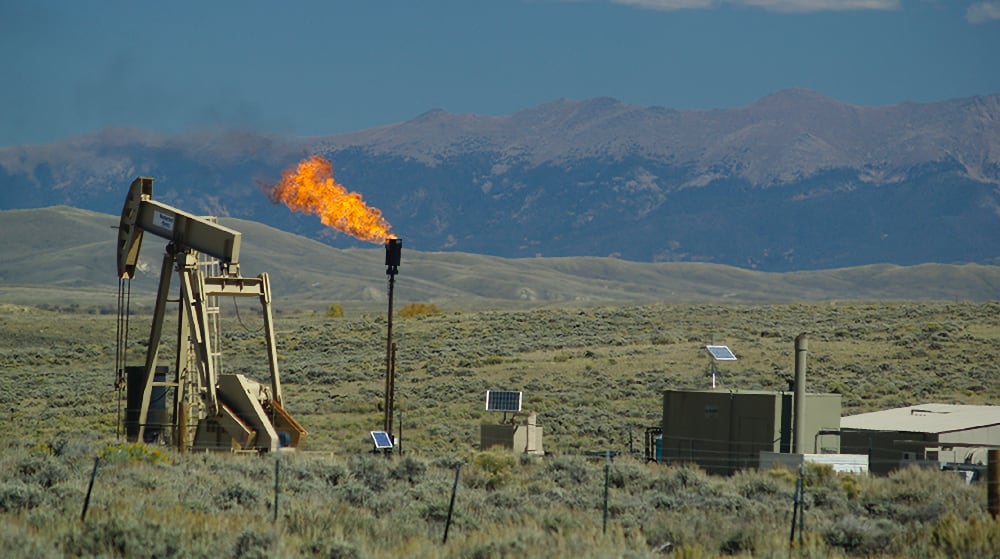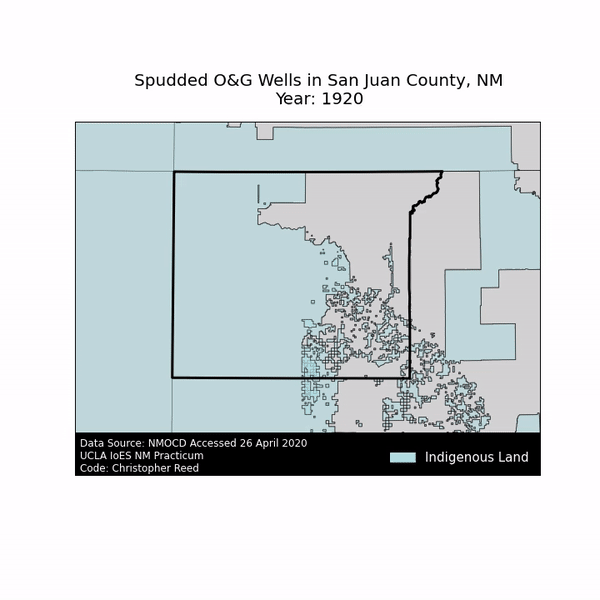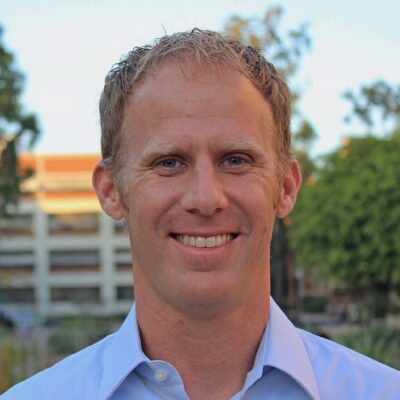
Impacts of oil and gas development on Native communities in New Mexico
The Greater Chaco Landscape is a vast cultural landscape in the Four Corners region of the United States that has been home to many Indigenous Nations for thousands of years.…
The Greater Chaco Landscape is a vast cultural landscape in the Four Corners region of the United States that has been home to many Indigenous Nations for thousands of years. It is currently home to 23 federally recognized tribes, including 19 Pueblos, 3 Apache Tribal Nations, and the Navajo Nation. In New Mexico, Greater Chaco is loosely defined as an 8,000 square-mile area surrounding Chaco Canyon National Historical Park and a UNESCO World Heritage Site that protects the center of Indigenous cultures in the region. Much more than a park or archaeological site, the area, nestled in the high-desert of northwestern New Mexico, is home to living cultural practices and traditions that extend far beyond the park’s boundaries. Chaco and the living landscape that surrounds it are sacred to Diné and Pueblo peoples throughout the region. These communities and their ancestors have fought for the preservation of their homelands, their culture, and their stories. Unfortunately, oil and gas extraction in this region poses a significant threat to current Indigenous communities, which are disproportionately affected by their associated environmental harms.
View our Report Technical Appendix
Oil and gas drilling and production releases toxic air pollutants including volatile organic compounds (VOCs) like benzene, toluene and ethyl benzene, which can result in health impacts including respiratory diseases and cancer. VOCs, as well as nitrogen oxides (NOx) released by oil and gas activity, can react with sunlight to form ground level ozone, which can reduce pulmonary function and aggravate conditions like asthma and emphysema, in some cases increasing risk of premature death. In addition to health problems, the drilling also poses significant threats to historic and cultural resources.
These impacts may be exacerbated by potential lack of compliance with state and federal clean air laws by the oil and gas industry. However, determining compliance by well operators and other entities is difficult due to a lack of available data and a complex regulatory structure in the state; oil and gas activity in New Mexico is regulated by two separate agencies that track their own data, using their own systems, terminology, and tracking systems, making it difficult to adequately assess compliance with permitting processes and allowing potential violations to slip through the cracks.
Our team is collaborating with WildEarth Guardians, an environmental non-profit organization dedicated to dedicated to protecting and restoring the wildlife, wild places, wild rivers, and health of the American West, to accomplish two goals. The first is to determine if oil and gas operations are violating pollution regulations, including by operating before they have received required permits under the federal Clean Air Act that are designed to reduce pollution impacts. The second is to determine the extent to which Tribal communities are being unduly affected by oil and gas operations in the region.

The graphic above illustrates the rapid and extensive growth of the oil and gas industry in New Mexico from 1920 to 2018. Each dot represents a “spudded,” or newly constructed, oil or gas well, with much of the activity occurring in the northwest corner of the state in the Greater Chaco Region.

Our research will focus on the substantial oil and gas development in the northwest corner of the state near the Greater Chaco Region, primarily in San Juan County, which is currently home to many Indigenous communities.
While our initial focus is on the situation in New Mexico, it is our hope that our team’s methodologies could be used to solve similar regulatory and air emission problems affecting Indigenous communities across the United States.
View our Final Video Presentation on Oil and Gas Drilling in the Greater Chaco Region
Student team: Christopher Reed, Ary Sanchez, Molly Schaner, Ashley Connor, Vivyana Prado, Mariane Sanchez, Shelby Slaughter
Advisor: Noah Garrison
Client: WildEarth Guardians

